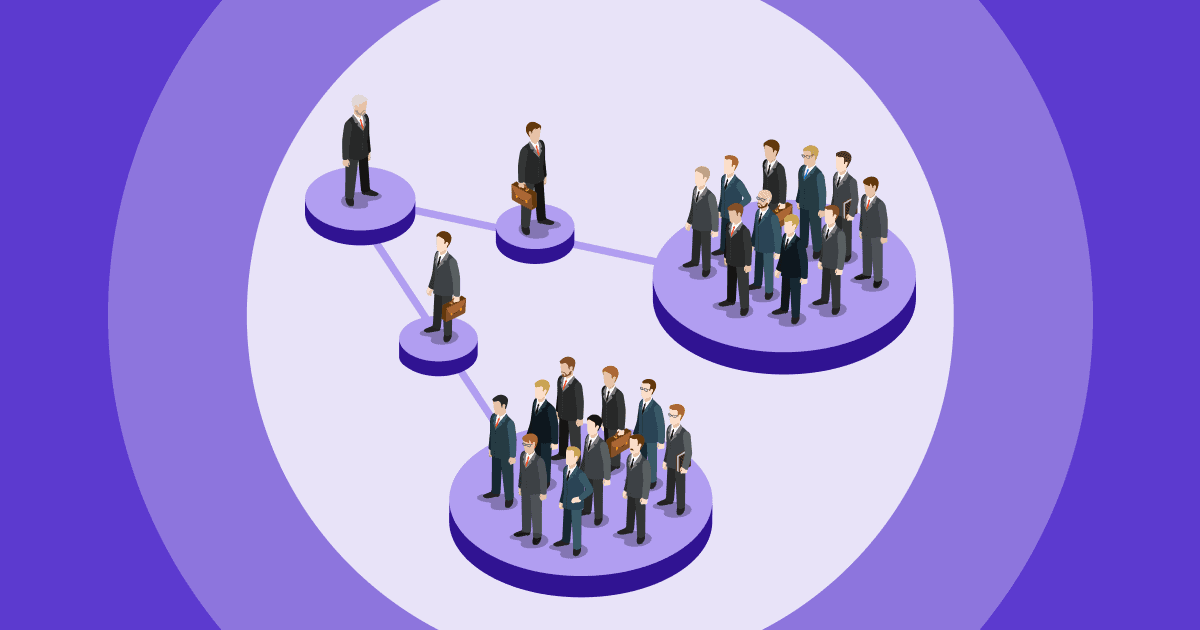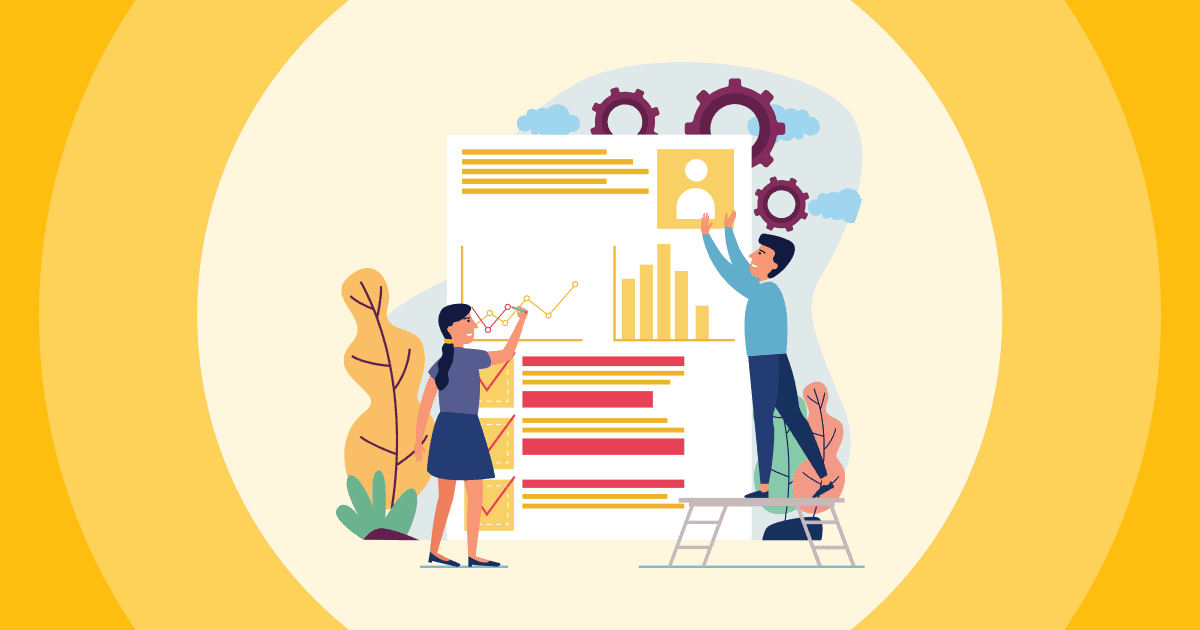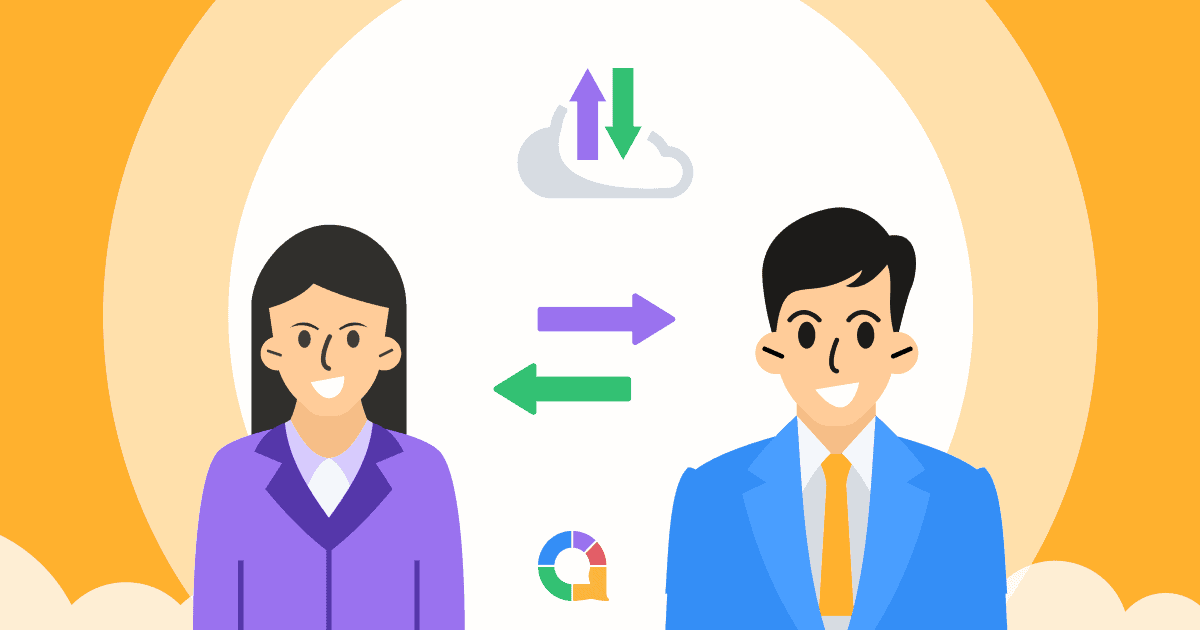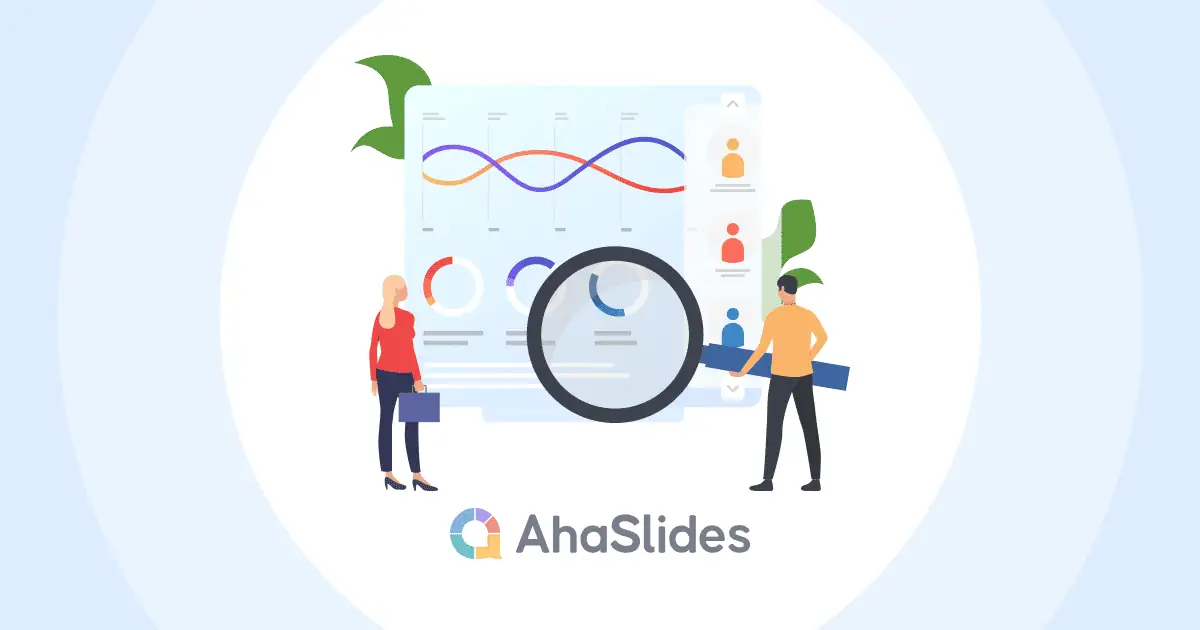In the recent report, the rate of employment in the previous year was about 56% worldwide, which means almost half of the labor force is unemployed. But it is just 'the tip of the iceberg'. There is more insight to look at when it comes to unemployment. Thus, this article focuses on explaining 4 unemployment types, their definitions, and the reasons behind them. Understanding 4 types of unemployment is essential to measuring the economy's health.
Table of Contents
- What Is Unemployment?
- What Are 4 Unemployment Types in Economics?
- Dealing With Unemployment
- Key Takeaways
- Frequently Asked Questions

Get your Audience Engaged
Start meaningful discussion, get useful feedback and educate your audience. Sign up to take free AhaSlides template
🚀 Grab Free Quiz☁️
What Is Unemployment?
Unemployment refers to the condition in which individuals who are capable of working are actively seeking employment but are unable to find any. It is often expressed as a percentage of the total labor force and is a key economic indicator. Unemployment can result from various factors, including economic downturns, technological changes, structural shifts in industries, and individual circumstances.
The unemployment rate represents the number of unemployed as a percentage of the labor force and is calculated by dividing the number of unemployed workers by the labor force and multiplying the result by 100. Labor force data are restricted to people 16 years of age and older.
What Are 4 Unemployment Types in Economics?
Unemployment can be voluntary or involuntary, which falls into 4 main types of unemployment: frictional, structural, cyclical, and institutional type as follows:
4 Unemployment Types - #1. Frictional
Frictional unemployment occurs when individuals are in the process of moving between jobs or entering the labor market for the first time. It is considered a natural and unavoidable part of a dynamic and evolving job market. This type of unemployment is often short-term, as individuals take time to search for suitable employment opportunities that match their skills and preferences.
There are several reasons why frictional unemployment is the most common one:
- Individuals are relocating for personal or professional reasons, leading to a temporary gap in employment.
- Individuals who have recently completed their education and are entering the job market may experience frictional unemployment as they seek their first post-graduation job.
- A person voluntarily leaves their current job to explore better career opportunities and is in the process of searching for a new job.
To deal with the situation, many companies offer internships for fresh graduates or upcoming graduates. There are also many networking platforms that connect graduates with businesses.

4 Unemployment Types - #2. Structural
Structural unemployment arises from a mismatch between the skills possessed by workers and the skills demanded by employers. This type is more persistent and is often caused by fundamental changes in the economy.
The key roots leading to increasing the rate of structural unemployment include:
- Advances in technology may lead to automation, making certain job skills obsolete while creating demand for new, often more specialized, skills. Workers with outdated skills may find it challenging to secure employment without retraining.
- Changes in the structure of industries, such as the decline of traditional manufacturing sectors and the rise of technology-driven industries.
- Job opportunities are concentrated in certain geographical areas, and workers with relevant skills are located in different regions.
- An increased global competition and outsourcing of manufacturing jobs to countries with lower labor costs have impacted the competitiveness in employment.
For example, thousands of Americans in the steel, auto, electronics, and textile industries lost their jobs and became structurally unemployed because many American companies increased outsourcing in developing countries. The emergence of AI has threatened job loss in many industries, especially Manufacturing and Assembly Lines.

4 Unemployment Types - #3. Cyclical
When an economy is in a downturn or recession, demand for goods and services typically decreases, leading to a reduction in production and employment, which refers to cyclical unemployment. It is often considered temporary because it is tied to the business cycle. As economic conditions improve, businesses start expanding again, leading to increased production and rehiring of workers.
A real-life example of cyclical unemployment can be observed during the global financial crisis of 2008 and the subsequent economic recession. The crisis had a significant impact on various industries, leading to widespread job losses and increased cyclical unemployment.
Another example is job loss of millions of people during the economic downturn caused by the COVID-19 pandemic in 2020. The pandemic heavily impacted service industries that rely on in-person interactions, such as hospitality, tourism, restaurants, and entertainment. Lockdowns lead to widespread layoffs and furloughs.

4 Unemployment Types - #4. Institutional
Institutional unemployment is a less common term, which occurs when individuals are unemployed because of government and societal factors and incentives.
Let's take a closer look at this type:
- While minimum wage laws aim to protect workers, they are also the main factor that leads to unemployment if the mandated minimum wage is set above the market equilibrium wage. Employers may be unwilling or unable to hire workers at higher wage levels, leading to unemployment, particularly among low-skilled workers.
- Occupational licensing can be a barrier to entry for certain professions. While it aims to ensure quality and safety, strict licensing requirements may limit job opportunities and create unemployment, especially for those who cannot meet the licensing standards.
- Discriminatory hiring practices can result in unequal opportunities in the job market. If certain groups of individuals face discrimination, it can lead to higher unemployment rates for those groups and contribute to social and economic inequalities.
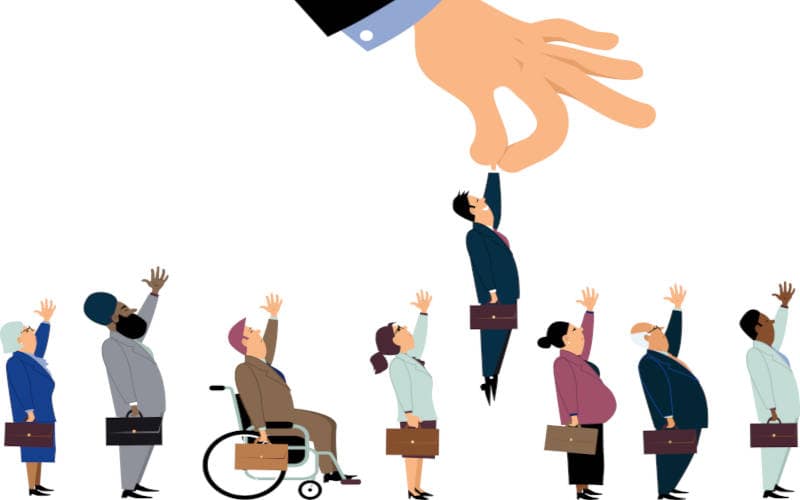
Deal With Unemployment
It's essential to recognize that addressing unemployment. While government, society, and business collaborate on the evolving nature of the job market, create more jobs, or connect employers with potential candidates more efficiently, individuals also have to learn, update, and adapt themselves to the fast-changing world.
Here are some efforts that have been made to deal with unemployment:
- Encourage the creation of internship and apprenticeship programs that provide hands-on experience for individuals entering the workforce.
- Foster partnerships between educational institutions and businesses to facilitate smoother transitions from education to employment.
- Implement unemployment insurance programs that provide financial support during periods of job transition.
- Implement re-skilling programs for workers in declining industries to help them acquire new skills relevant to growing sectors.
- Provide resources and mentorship programs for individuals interested in starting their own businesses.
Key Takeaways
Many companies are facing a lack of talent, and one of the main reasons is people are looking for hybrid jobs, a healthy company culture, and an engaging workplace. If you are looking for an innovative way to engage your employees, use AhaSlides as a bridge between your teams. It starts with creating a meaningful onboarding process, frequent and interesting team-building virtual training, and workshops with interaction and collaboration.
Frequently Asked Questions
Is cyclical and seasonal the same?
No, they refer to different terms. Cyclical unemployment is caused by fluctuations in the business cycle, with job losses occurring during economic downturns. Seasonal unemployment occurs when the demand for labor during certain times of the year declines, such as holidays or agricultural seasons.
What is an example of hidden unemployment?
Hidden unemployment, also known as disguised unemployment, is a type of unemployment that is not reflected in the official unemployment rate. It includes people who are underemployed, meaning they work less than they want or need, or they work in jobs that do not match their skills or qualifications. It also involves individuals who are discouraged, meaning they have given up looking for a job because they reckon there are no job fits their desire. For example, a college graduate who works as a cashier at a supermarket because he cannot find a job in his field of study.
What is voluntary and involuntary unemployment?
Voluntary unemployment is when people who are able to work choose not to work, even though there are suitable jobs available for them. Involuntary unemployment is when people who are able and willing to work cannot find jobs, even though they are actively looking for work.
What are the 9 types of unemployment?
Another classification for unemployment is divided into 9 types:
Cyclical Unemployment
Frictional Unemployment
Structural Unemployment
Natural Unemployment
Long-Term Unemployment
Seasonal Unemployment
Classical Unemployment.
Underemployment.
Ref: Investopedia




